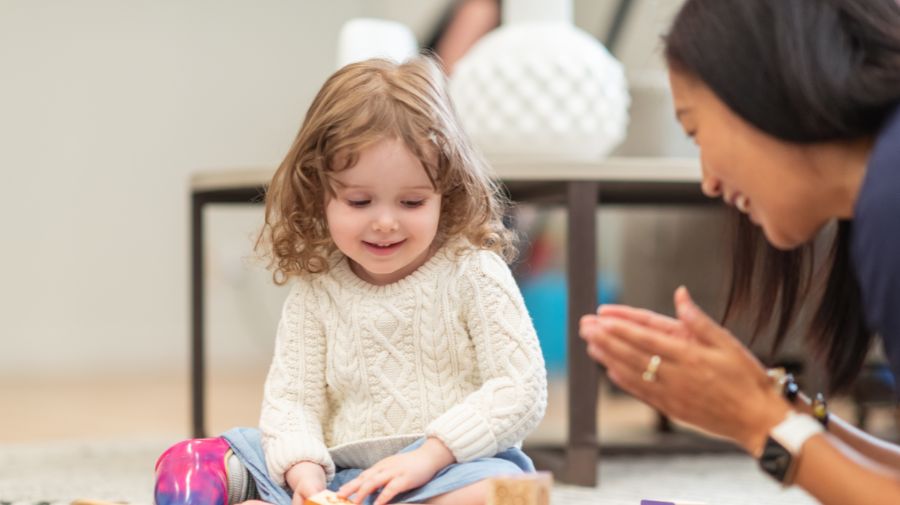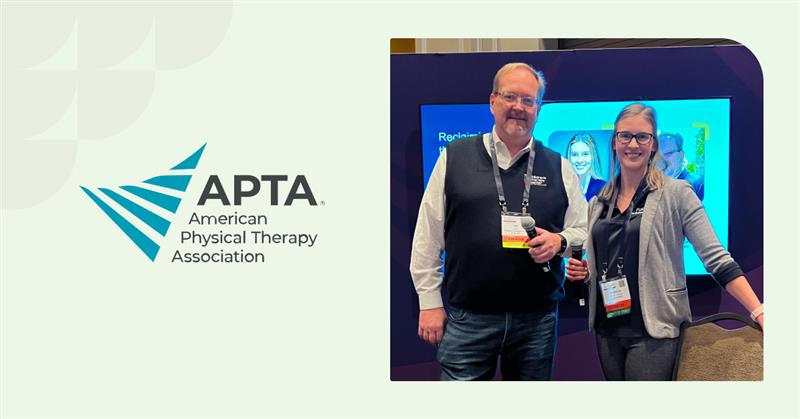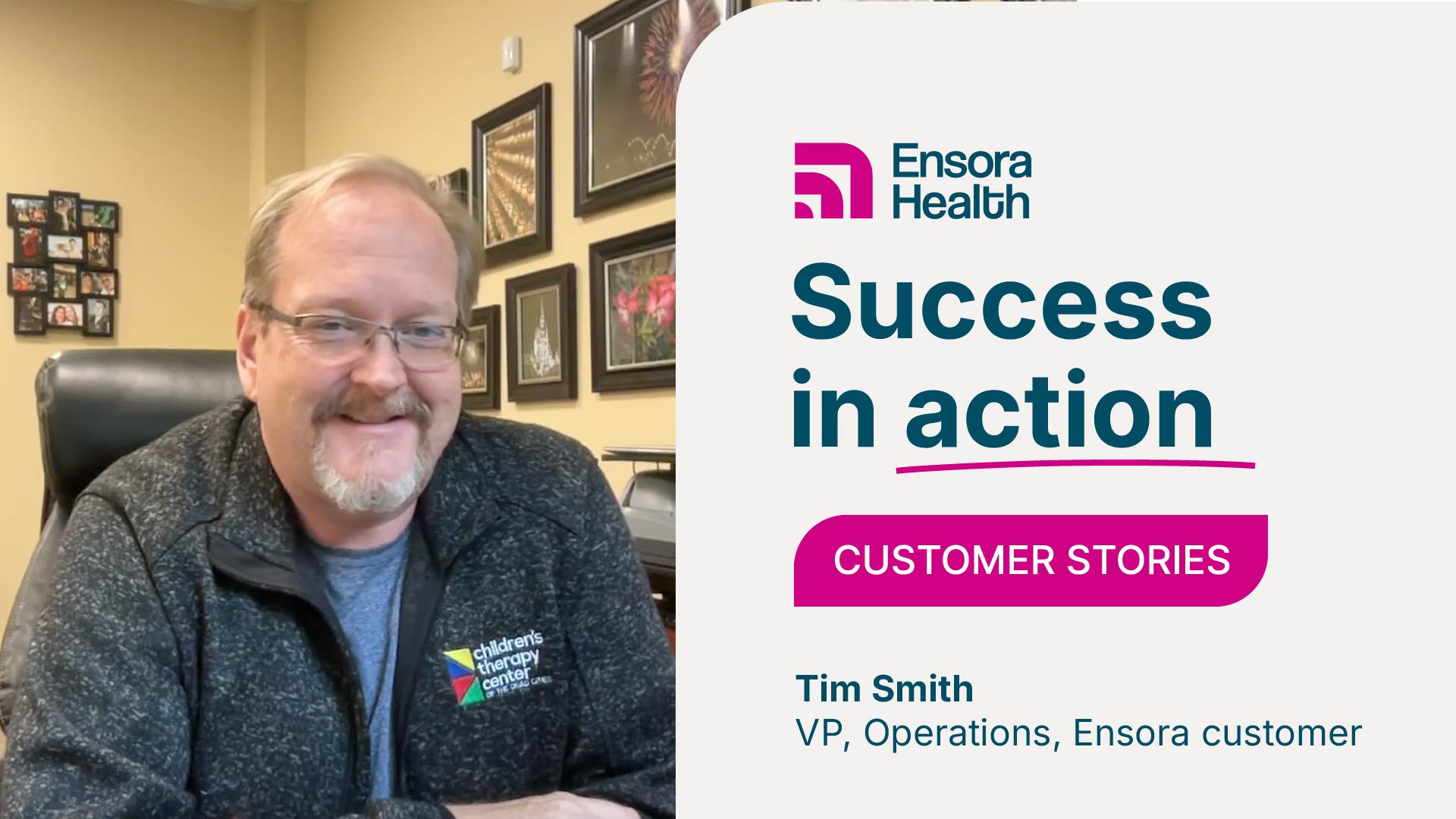10 examples of pediatric occupational therapy goals

Goals inspire us and give us milestones to work toward. Writing effective pediatric occupational therapy goals is especially important for the success of your clients and your practice. Goals establish a structure for planning and tracking progress while providing ongoing motivation for both you and your clients. Having a set of established goals for each patient allows other professionals to work productively with your client when you are out. And they speed up the reimbursement process by reducing the chance of your claim being rejected. Perhaps most importantly, effectively-written goals have been proven to improve patient outcomes. In this post, we’ll look at three formats for goal-writing and offer effective examples of pediatric occupational therapy goals.
3 formats for pediatric occupational therapy goal-writing
There’s no one right format for goal-writing. You’ll want to make sure each goal is specific, measurable, attainable, relevant, and time-bound (SMART), but you have flexibility in how you structure the goals. Here are three formats for goal-writing to consider:
PCC
The PCC method of writing pediatric occupational therapy goals focuses on performance, condition, and criterion. It’s the simplest format, but you’ll want to be sure to include additional supporting content like assistance level, timeline, or mastery component if relevant.
- Criterion — The qualifications for the performance, or how well the client is expected to perform
- Performance — Activity the client is expected to perform
- Condition — The context or the condition for that performance
COAST
The COAST method was introduced in Gateley & Borcherding’s text “Documentation Manual for Occupational Therapy.” This framework is helpful when you want to focus on establishing explicit timelines for goal achievement or addressing specific occupations with your goals. The acronym COAST stands for:
- Timeline — The time in which the goal will be achieved
- Client task — What the client will perform
- Occupation — The occupation that the goal targets
- Assist — The level of assistance that will be allowed with the goal
- Specific condition(s) — The condition(s) in which the goal will be achieved
RUMBA
This framework for goal writing was introduced by the 11th edition of Willard & Spackman’s “Occupational Therapy.” It ensures the goals are understandable and measurable.
- Relevant — The function the goal aims to achieve
- Understandable — Ensuring the child and their parents will understand the goal
- Measurable — How the goal will be measured
- Behavioral — The behavior occurrences the goal aims to address
- Achievable — The expectation your client can achieve the stated goal within the time allotment
Any of these goal-setting frameworks can be used quite effectively to benefit your client, their family, and your practice. The key is being consistent and making sure they are clear, concise, and contain the necessary information to be useful to the client, the client’s family, and other professionals who will be helping the client.
Want a deeper dive into writing effective goals for pediatric therapists? Check out our SMART Goals resource.
10 examples of pediatric occupational therapy goals
It can be difficult to envision what effective goals look like when talking about goal-setting in the abstract. Let’s check out ten examples that show goal-setting in action.
Archie will cut simple shapes like squares and triangles out of paper with smooth edges in 3 of 5 trials with limited assistance and 50% verbal cues to promote hand-eye coordination and separation of sides of hands.
Why it’s effective: This goal is specific in defining success in reaching the goal and how much assistance is allowed in order for the effort to count as success.
Letitia will imitate horizontal and vertical strokes 4 out of 5 times with no assistance and 25% verbal cues while maintaining dominant writing hand for increased graphomotor skills.
Why it’s effective: This goal clearly defines success as using the client’s dominant-writing hand, including level of assistance, and explains the benefit of attainment.
Sonnet will trace triangle designs with visual and verbal cues with 5 triangles in 2 out of 5 trials with 50% assist and 75% verbal cues for increased accuracy and precision of distal finger skills.
Why it’s effective: This goal establishes the number of successful trials required as well as the level of assistance and verbal cues that can be carried out to support the client during the trials.
Laura will perform grooming tasks like brushing her hair and washing her face with 75% assistance and 50% verbal cues for increased functional independence in daily life.
Why it’s effective: This goal provides specific examples of expected behaviors and the support that may be provided for her to achieve them.
Daniel will tolerate standing in line without tantrums or other poor behaviors and 25% verbal cues 3 out of 5 times as measured by family report.
Why it’s effective: This goal defines success as well as inappropriate behaviors that are not desired.
Quentin will put shapes into the appropriate places in a form board in 2 out of 5 trials with unlimited assist and 75% verbal cues for increased spatial relationship and visuomotor skills.
Why it’s effective: This goal effectively provides detail about the activity the client must do to achieve success and defines assistance allowed.
Samantha will unstring and string beads onto a firm string 4 out of 5 times with assist and 50% verbal cues for increased precision handling.
Why it’s effective: This goal concisely identifies the target activity, the condition, and how well the client is expected to perform, including the assistance that may be provided to meet the criteria.
Tomas will draw capital letters with straight lines 3 times in 2 out of 5 treatment sessions with assist and 75% verbal cues while maintaining a tripod grasp for increased graphomotor skills.
Why it’s effective: This goal is specific in terms of both the desired activity as well as how it should be carried out by the client.
Mason will pick up small objects and place them into a container using an inferior pincer grasp with her left hand 5 times in 4 out of 5 treatment sessions with limited assistance and 25% verbal cues for increased grasp and release accuracy.
Why it’s effective: This goal is very specific as to how the client should pick up and place the objects.
Diana will go to bed after 30 minutes of self-preparation routine without difficulty (i.e. tantrums or other similar behaviors) in 4 out of 5 days for increased functional independence in daily life.
Why it’s effective: This goal can be easily measured and is specific in terms of the expectation and what behavior is not acceptable.
Wrapping up
Goal-writing doesn’t have to be a time-consuming drag! With these three formats and goal examples as a guide, you should be able to speed up your goal-writing process while ensuring your goals serve the purposes they need to.






